The SandmanLonnie Holley (1950)


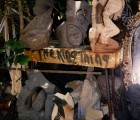


















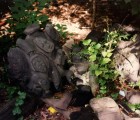






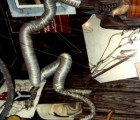












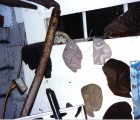



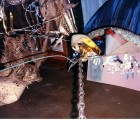






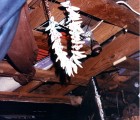





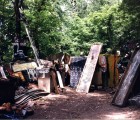















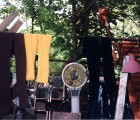
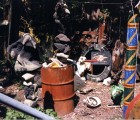






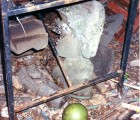

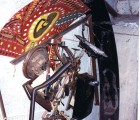



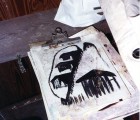






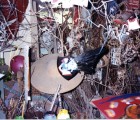



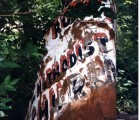











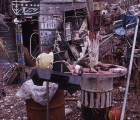




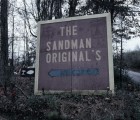



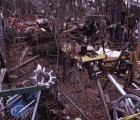



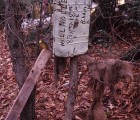












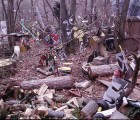

























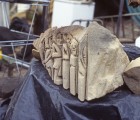

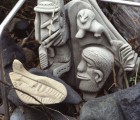




Non Extant
Birmingham, 35203, United States
1978 to 1997
About the Artist/Site
Born in Birmingham, Alabama, Holley had a difficult youth, the seventh of twenty-seven children (although several died young or were stillborn). He was passed around among various foster homes (both official and otherwise) for years, where he often suffered severe beatings, and was in and out of juvenile detention facilities, serving time for petty crimes. He was declared “brain dead” and almost died from being hit by a car as a boy, and had little education, although as a result of time spent living on the streets and his time in Juvenile he did pick up a variety of skills. After having been away from his family for many years, he returned to see his mother in Birmingham around 1971, only to find her in abject poverty, “still living in the 1800s,” a condition that shocked him. It is said that he began to make things with the need to carve tombstones for two of one of his sister’s children who tragically died in a house fire, as the family didn’t have the wherewithal to purchase commercial markers.
Around 1978 or 1979 he began making art, carving the cast-off foundry stone that was used for linings in Birmingham’s steel furnaces. In 1981, he brought a few of his carvings to the Birmingham Museum of Art, where director Richard Murray immediately included them in an exhibition, and they were later exhibited at the Smithsonian American Art Museum as well. As images of his work spread, pieces were acquired by the American Folk Art Museum and the High Museum of Art in Atlanta. Around 1986 he began a relationship with Bill Arnett, who provided him with a stipend so that he could continue to make art, receiving in exchange the right of first refusal as Holley completed each new piece.
Holley had discovered an until-then latent drive to create, and soon he moved on from the stone carvings to working with other detritus from the Birmingham steel industries as well as with trash collected along the railroad tracks or around town. Collaging different materials together, soon his small sculptures became larger, and, being placed all over his house and yard, as well as contiguous abandoned lots, his oeuvre became a significant yard show that grew into a full-fledged art environment. He also worked in two dimensions. Each work is replete with meaning, according to Holley, some relating to daily life and others to more spiritual issues.
By the mid-1990s the city of Birmingham wanted to expand their airport, so they condemned and then bought up most of the neighboring property around Holley’s environment. But he refused their initial offer of $14,000, knowing that the combined value of many of the thousands of discrete pieces installed on the site would be much greater, and he valued his property at $250,000. After a protracted legal battle, he settled for $165,700, and moved with five of his fifteen children to Harpersville, AL, a rural community some 35 miles away. Although he continued to make art, he was not initially welcomed there, and he did experience some hard times, including some additional run-ins with the law. Nevertheless, a second massive environment evolved around his yard and house, replete with hundreds of works in a variety of media. Too, he began giving art lessons to children at the local schools, and he became known as the “Sand Man,” for the sandstone he brought with him for the children to carve.
In 2003 a major retrospective exhibition of twenty-five years of work originated at the Birmingham Museum of Art that included a sprawling temporary art environment; later, components of the exhibition traveled to the Ikon Gallery in Birmingham, England. At age 62, Holley also recorded his first album of music (there are now two available), and was selected in 2011 to be included in an exhibition as part of the Venice Biennale; although that particular display was abruptly cancelled, he and four of the other artists attended nevertheless, installing their work in a different venue.
In 2010 Holley moved to a one-bedroom apartment in Atlanta, which, as he works, is also rapidly filling with his art as well as with raw materials to make more. A documentary film about Holley by George King is in process.
~Jo Farb Hernández, 2014
Contributors
Materials
found objects, sandstone
SPACES Archives Holdings
1 folder: clippings, images; 111-35mm slides by Robert Foster
Map & Site Information
, 35203
us
Latitude/Longitude: 33.5178769 / -86.8094808
Nearby Environments

Can you provide SPACES with images of this art environment?
Please get in touch!
Ronald Lockett
Bessemer, Alabama


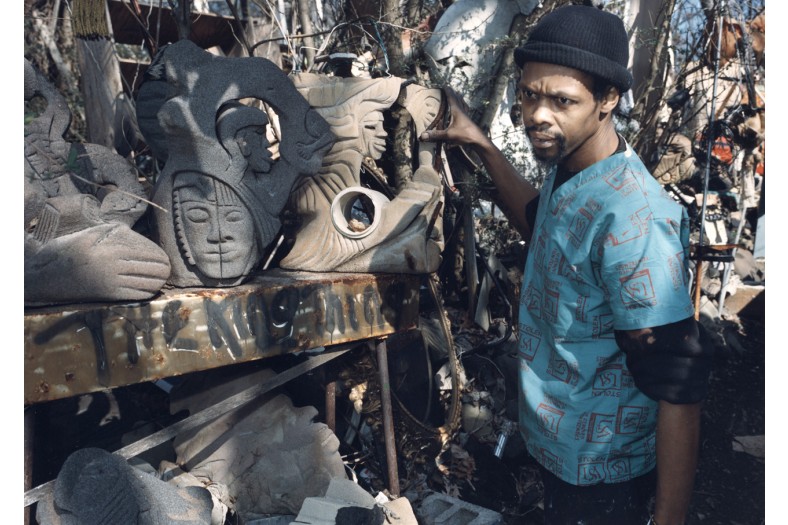









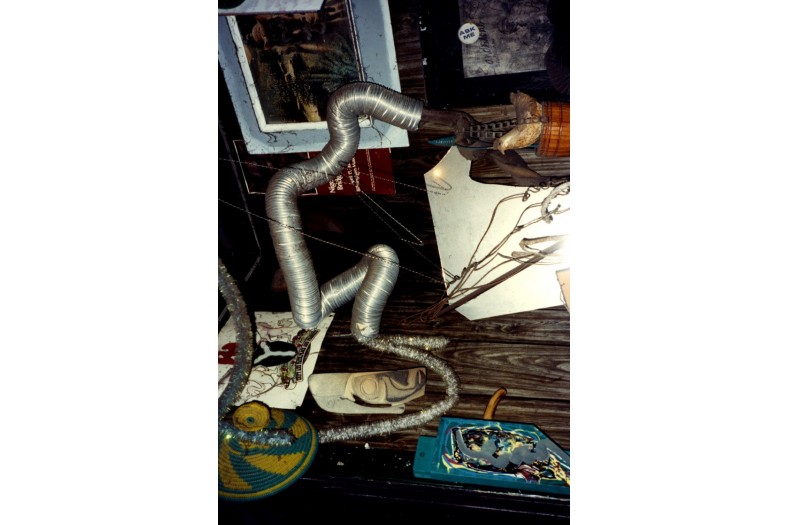









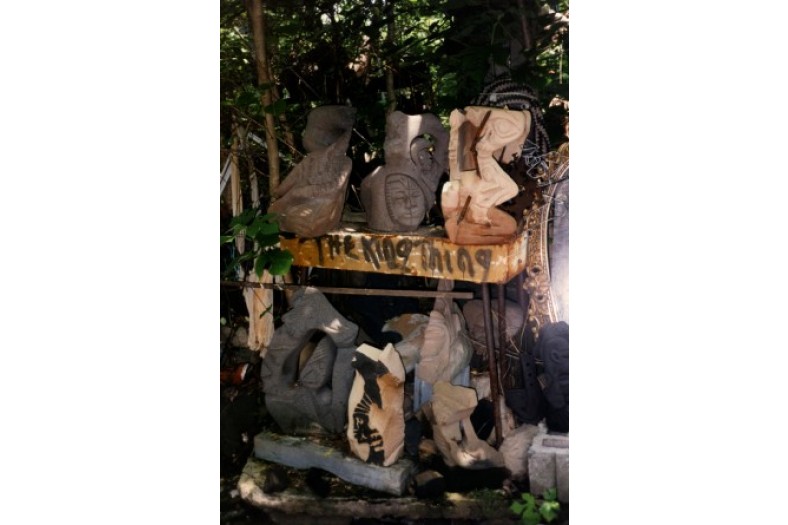






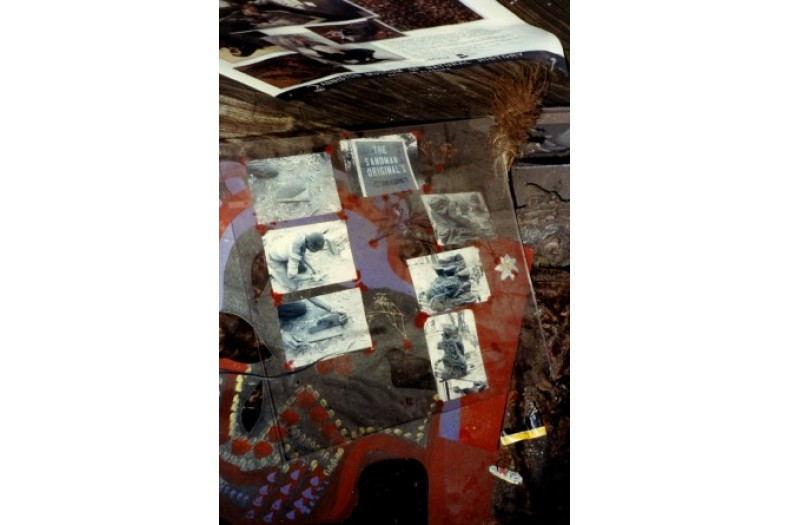














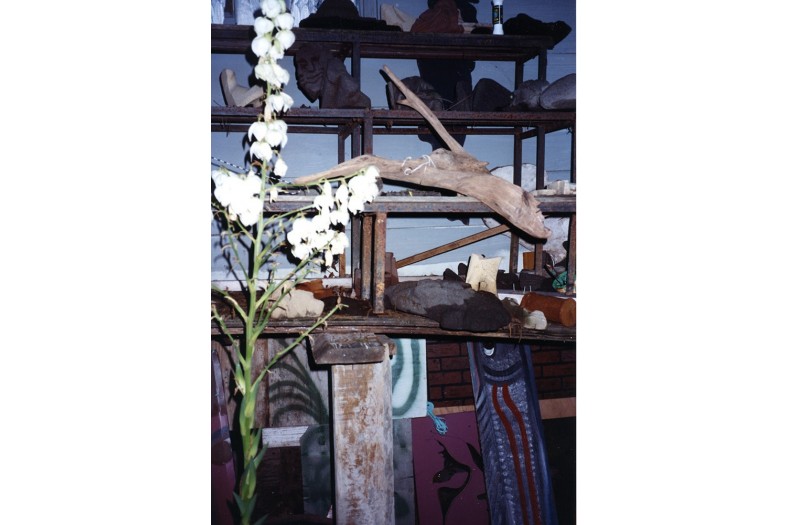
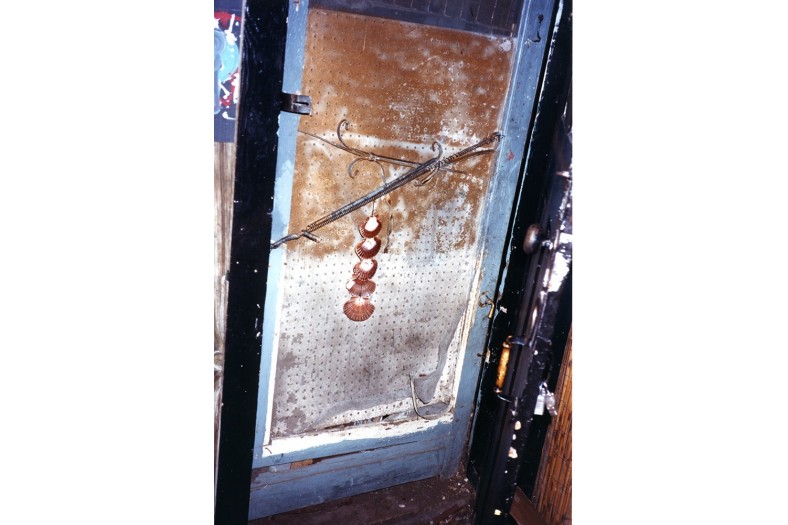














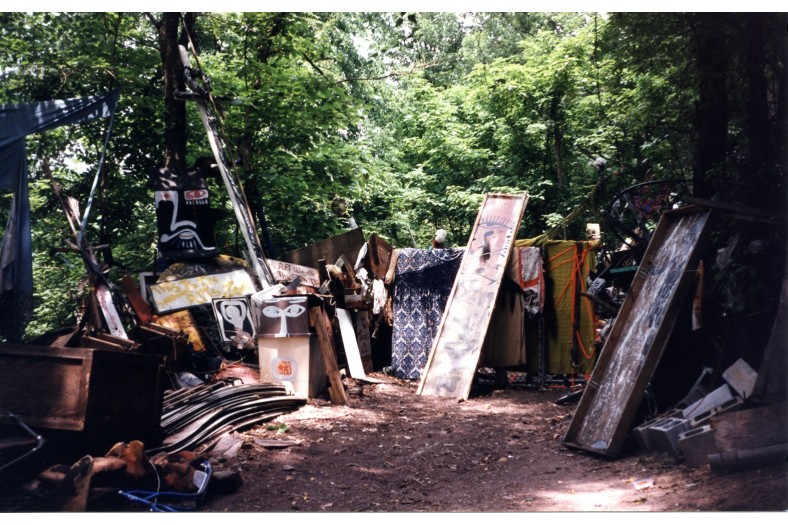



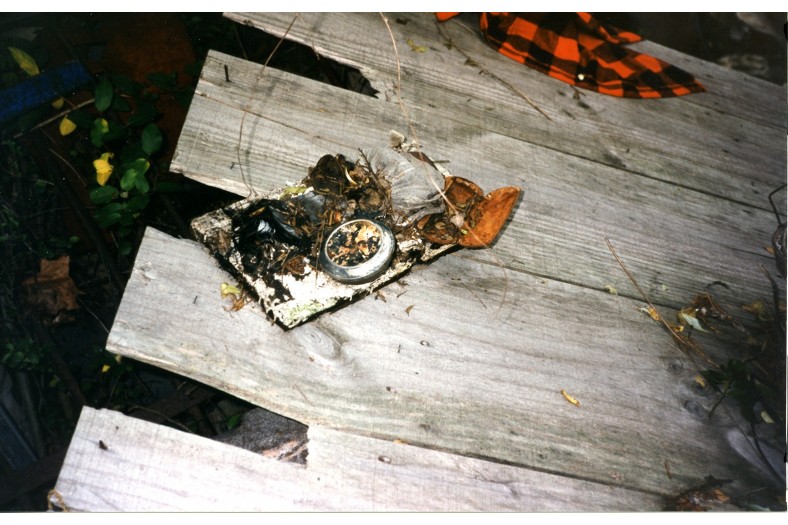












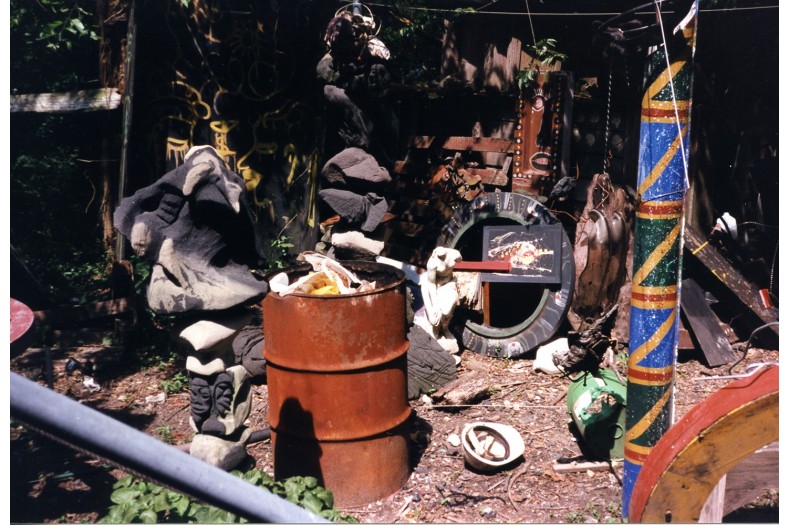



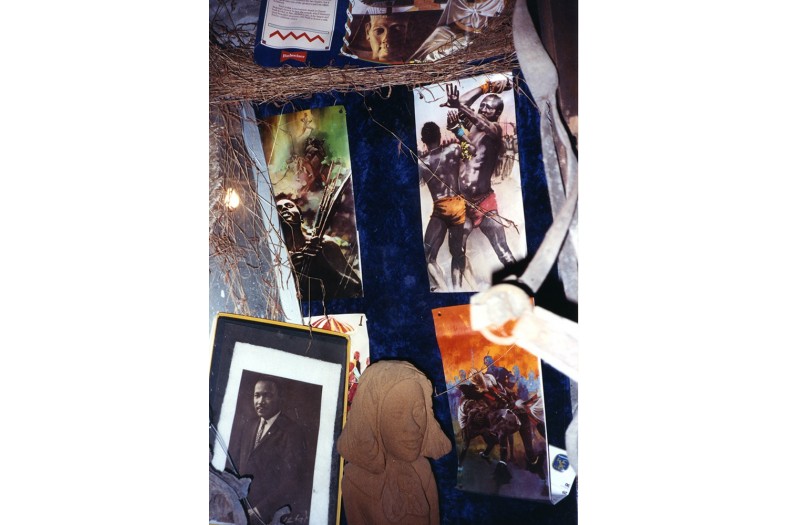













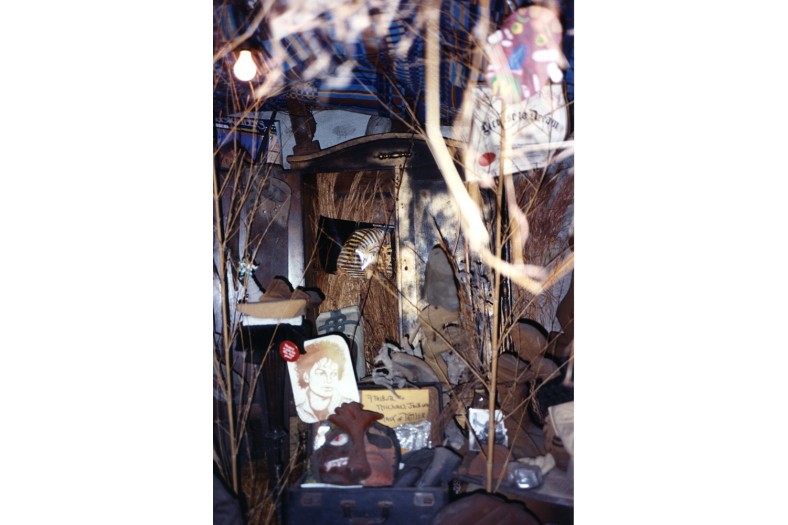









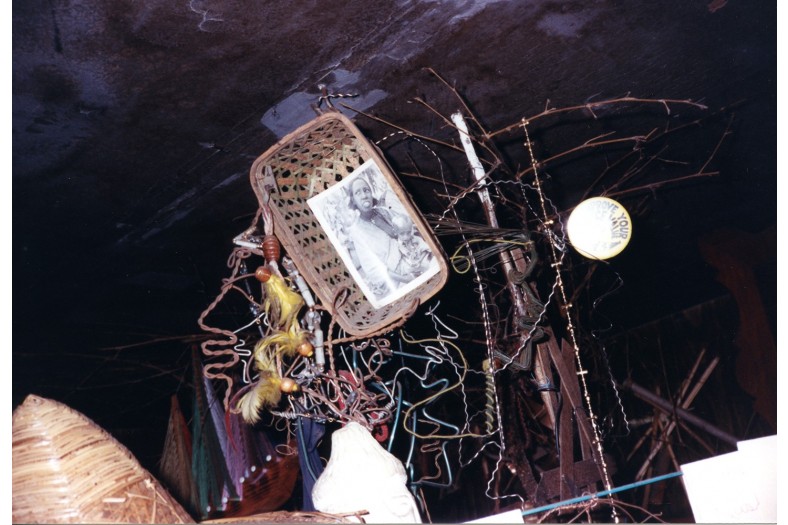





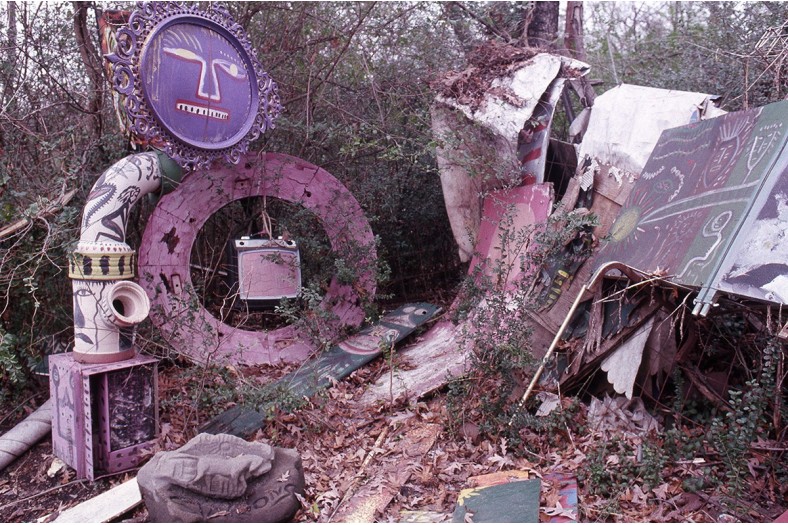









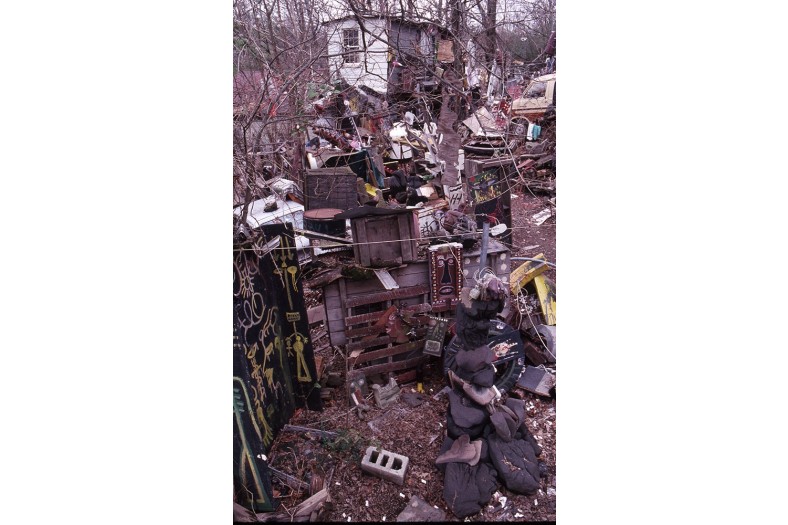










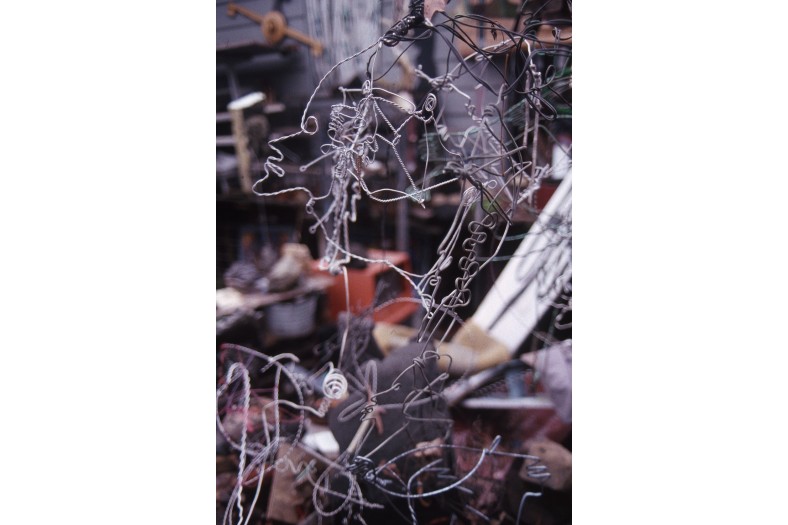




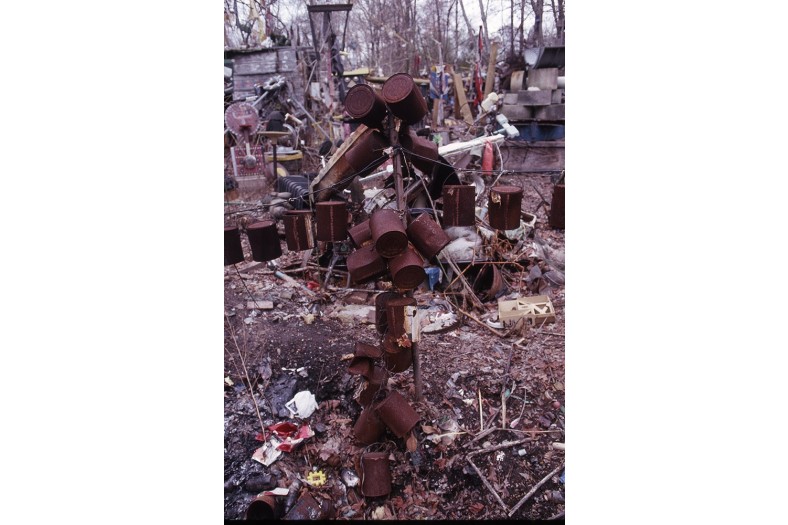








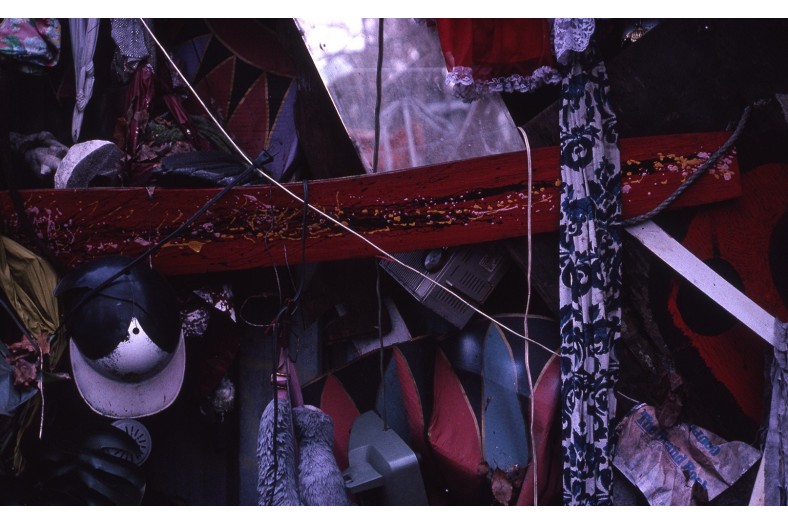

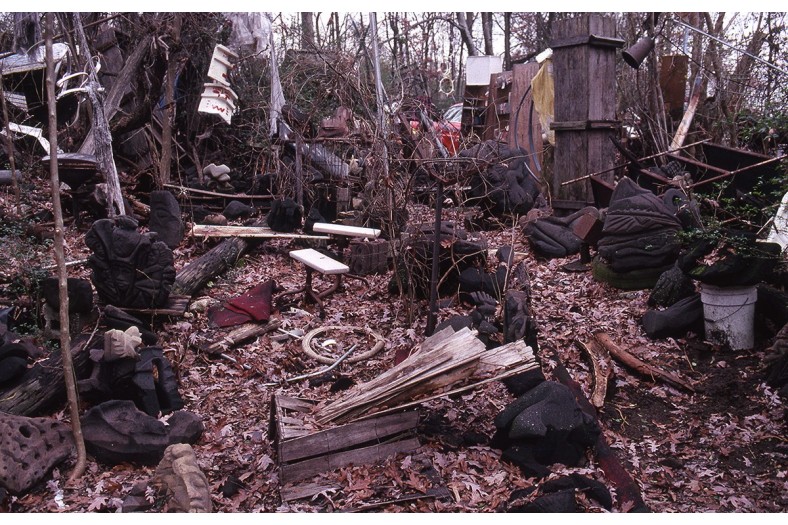




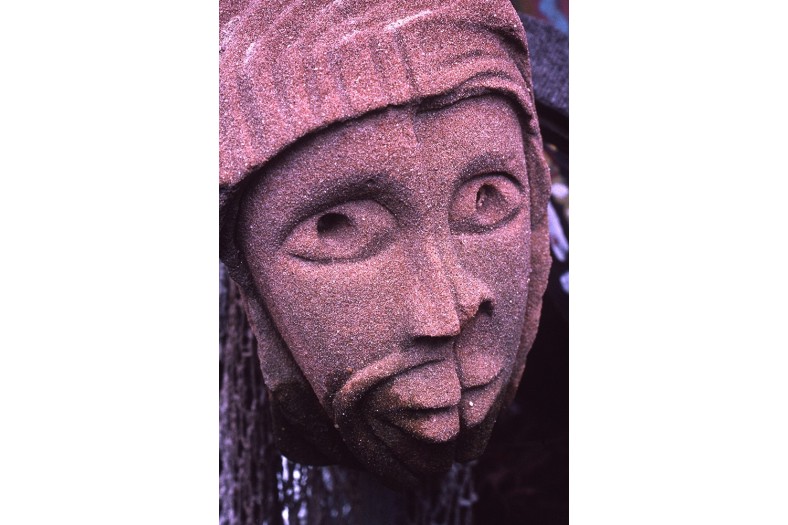





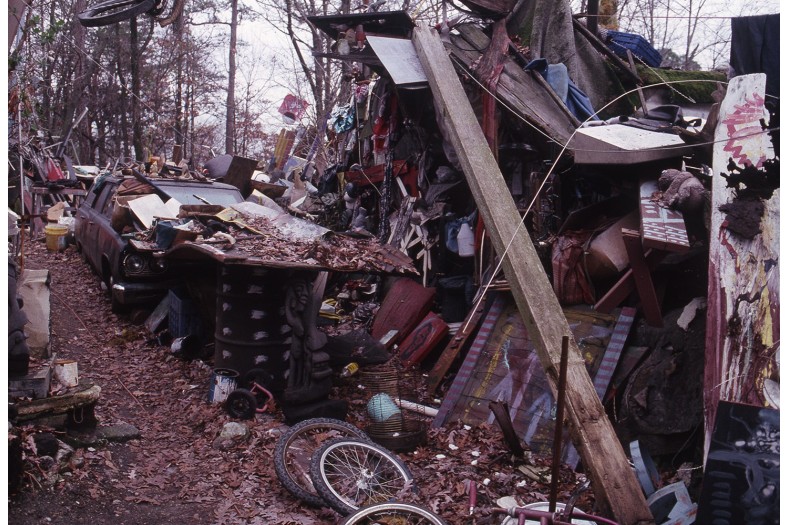

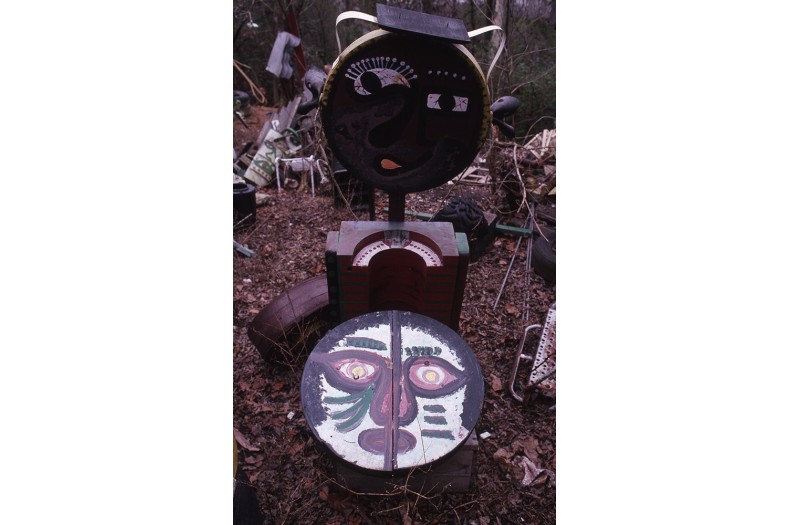








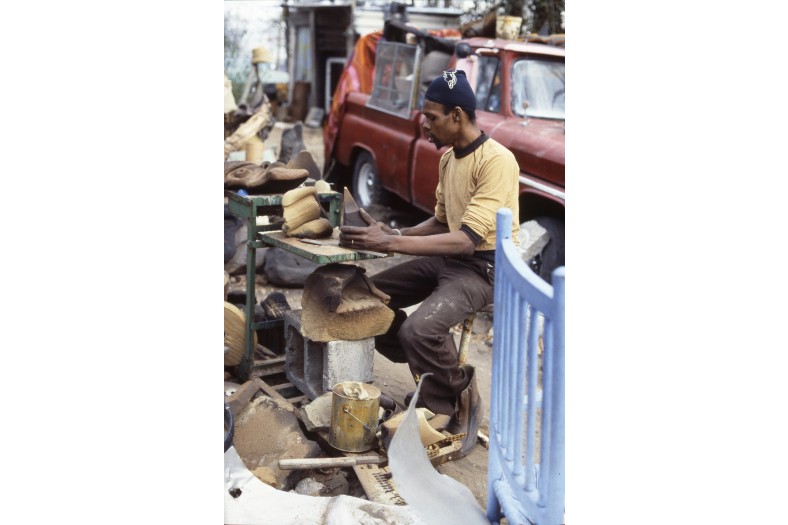



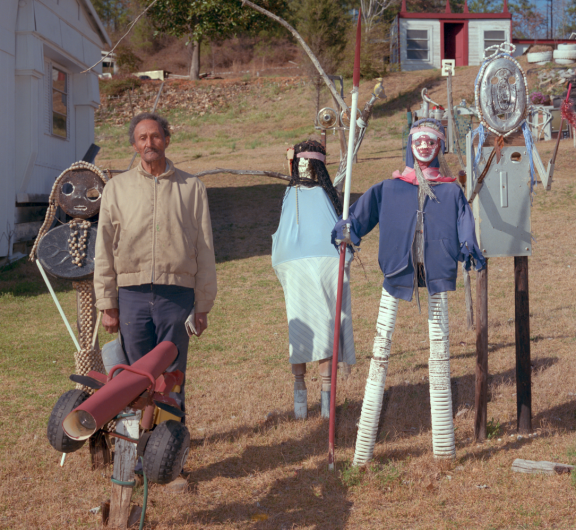


Post your comment
Comments
No one has commented on this page yet.